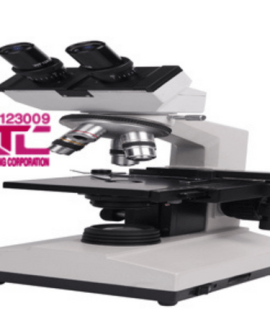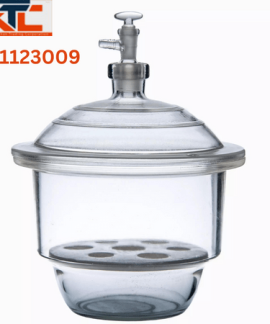Beeker
A best Beaker is one of the most fundamental pieces of equipment in any laboratory. It’s a versatile cylindrical container with a flat bottom, typically used for
25ml , 50ml, 100ml, 250ml, 500ml, 1000ml
Beeker:
A Beaker is one of the most fundamental pieces of equipment in any laboratory. It’s a versatile cylindrical container with a flat bottom, typically used for:
- Mixing liquids: The wide mouth and open design make it easy to stir and combine solutions.
- Holding liquids: Beakers come in various sizes, making them suitable for storing small or large volumes of liquid.
- Measuring liquids: Some beakers have graduated markings on the side, allowing you to estimate the volume of the liquid they contain.
- Heating liquids: Beakers can be heated directly over a flame or placed in a hot water bath for gentle heating.
Here’s a basic guide on how to work with a beaker, along with some helpful visuals:
1. Choosing the right best Beaker:
- Consider the volume of liquid you’ll be working with and choose a beaker of appropriate size.
- Opt for a best Beaker with graduations if you need to measure the liquid volume accurately.
2. Handling the best Beaker:
- Always wear gloves and safety glasses when working with chemicals.
- Use a beaker tong or clamp to handle hot beakers to avoid burns.
- Never place a hot beaker directly on a cold surface, as the sudden temperature change can crack the glass.
3. Mixing liquids:
- Gently swirl the best Beaker to mix the contents, avoiding vigorous stirring that can cause splashing.
- Use a stirring rod for thorough mixing, especially when working with viscous liquids.
4. Pouring liquids:
- Tilt the best Beaker slowly and steadily, pouring the liquid down the spout to minimize drips.
- Direct the stream of liquid into the desired container, holding the receiving container at a slight angle.
5. Cleaning the best Beaker:
- Rinse the best Beaker thoroughly with water after each use.
- For stubborn residues, use a laboratory brush and soapy water.
- Rinse again with clean water and allow the beaker to air dry.
Here are some additional tips for working with beakers links:
- Never use a best Beaker for food or drink.
- Inspect the best Beaker for cracks or chips before each use. Damaged beakers should be discarded.
- Do not fill a best Beaker to the brim, as this can cause spills when mixing or pouring.
- Label beakers with the contents and your initials when working with multiple solutions.
By following these simple guidelines, you can safely and effectively use beakers in your laboratory experiments. Remember, proper laboratory technique is essential for ensuring your safety and the accuracy of your results.
I hope this information is helpful! Let me know if you have any other questions.
Ktcdhaka in best Beeker:
We always try to sell civil technical best Beeker product and always flexible with customer we try to do business nicely.
| Beeker | 1000ml, 100ml, 250ml, 25ml, 500ml, 50ml |
|---|
Be the first to review “Beeker”
You must be logged in to post a review.












Reviews
There are no reviews yet.